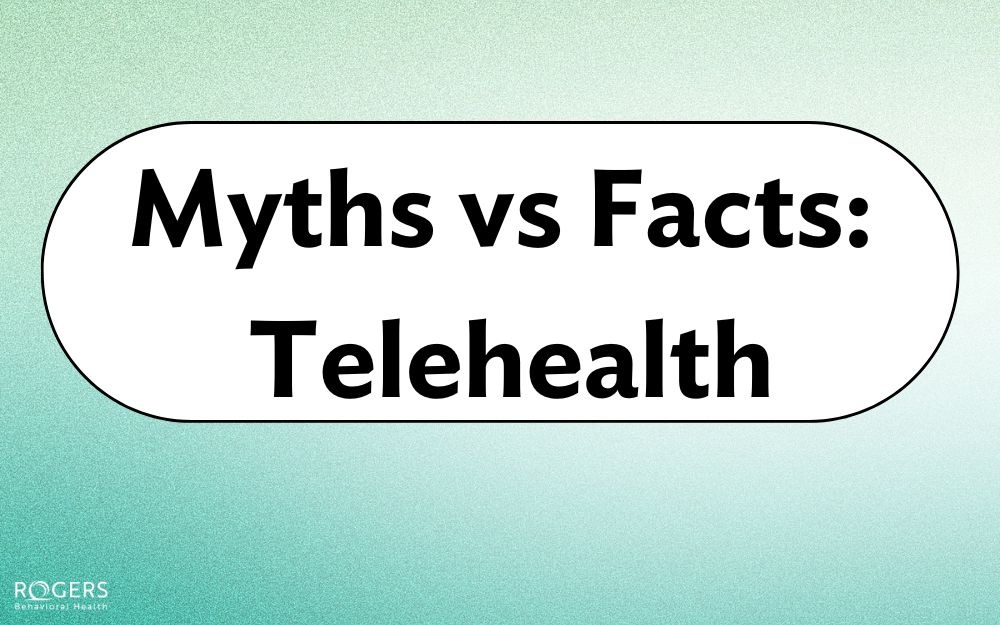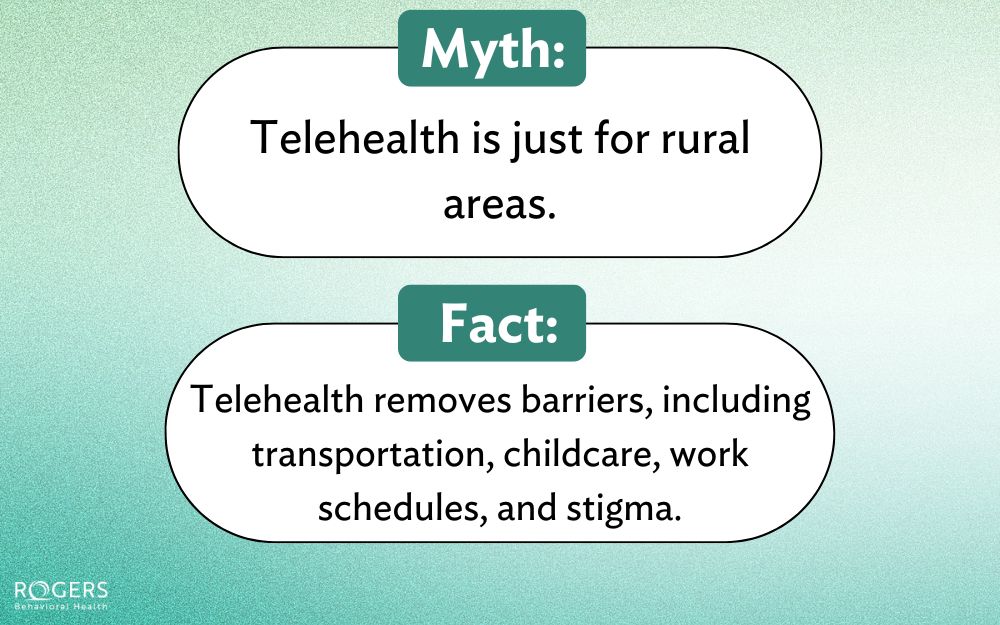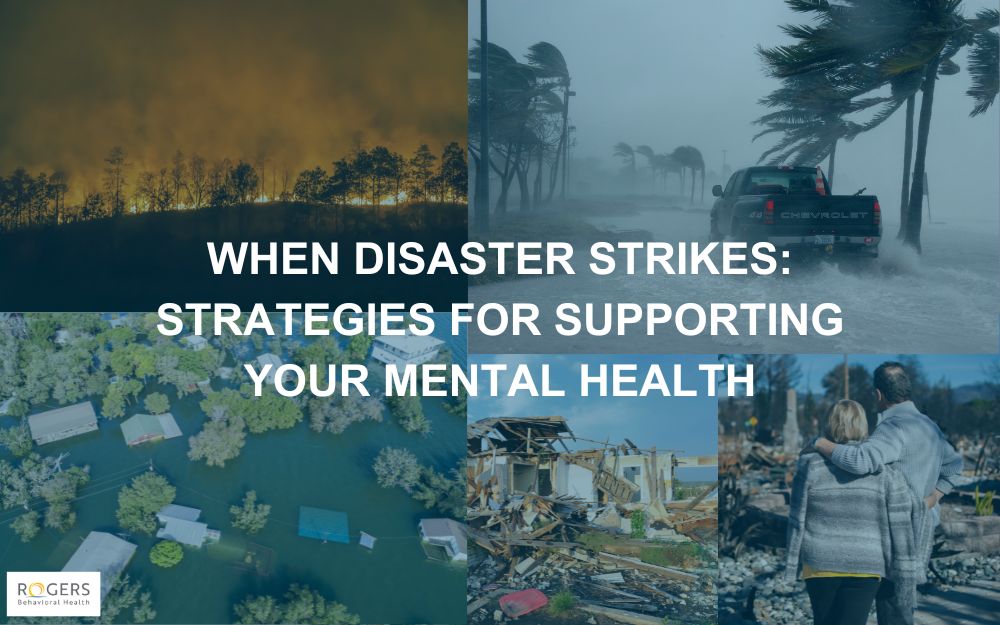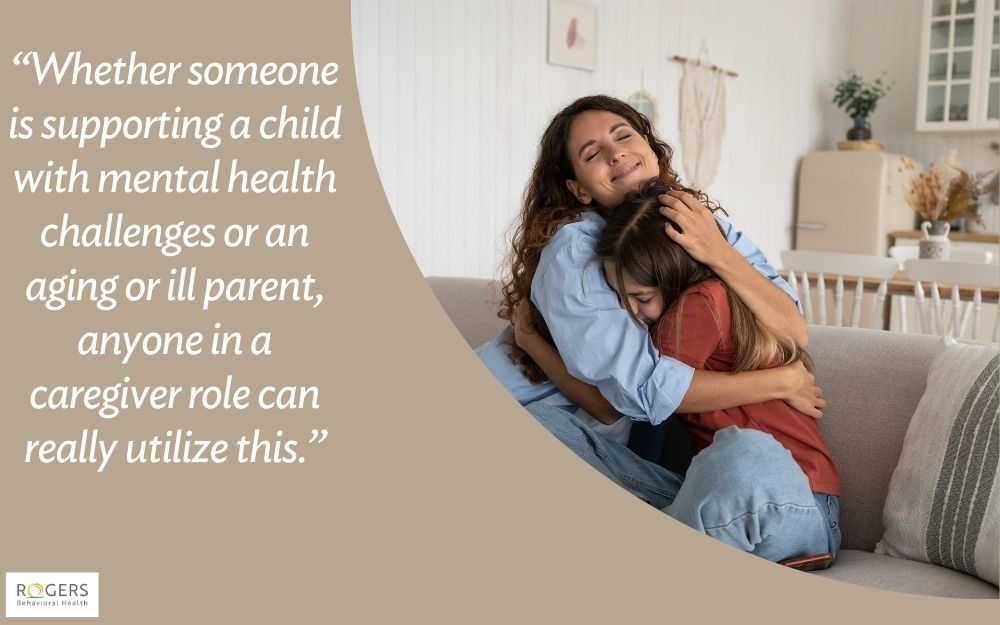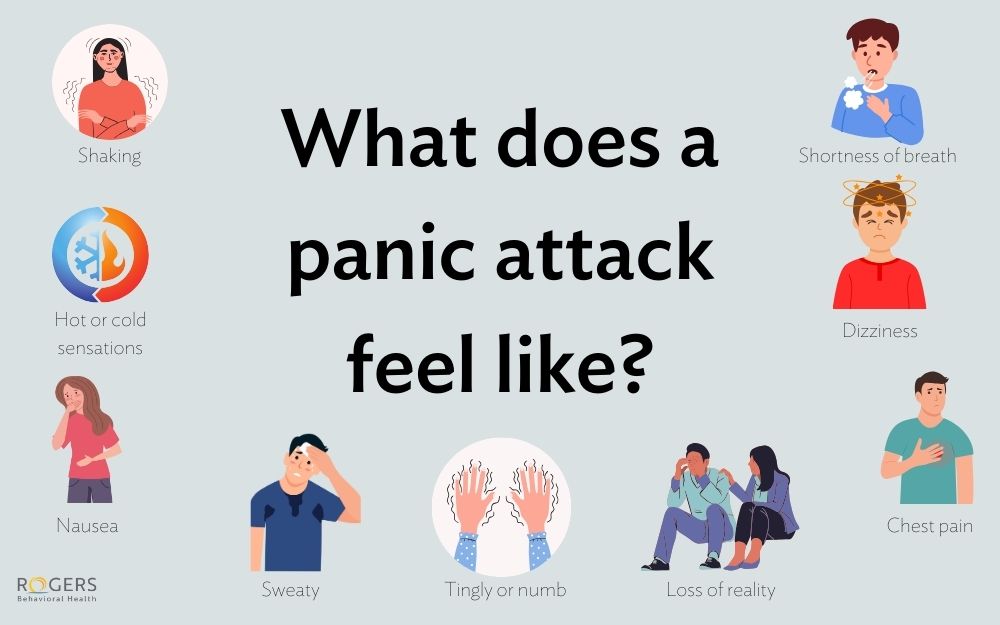Telehealth treatment: Helping more people access care
Posted on 10/21/24 09:13:am
Share this article:
Telehealth may have first seen its rise during the pandemic, but it’s here to stay – and expanding at Rogers Behavioral Health.
“During COVID, we tried to pivot to virtual care as quickly as we could to maintain treatment for our patients,” says Greg Wisniewski, associate director for Rogers’ Telehealth Operations. “We saw great innovation and increased accessibility. Now, we have the opportunity to implement a more deliberate growth plan and continue expanding access to our care.”
Rogers' telehealth therapy
Currently, Rogers offers telehealth services in Wisconsin, Illinois, Minnesota, Tennessee, Florida, and Colorado. Efforts are focused on expanding into Pennsylvania, Georgia, Washington, and California, with the goal of providing care across all ten states where Rogers operates. This expansion will help serve a geographically diverse patient population with a wide range of symptoms, ensuring comprehensive and accessible care.
As part of ongoing growth initiatives, Rogers has joined the American Telemedicine Association (ATA), marking a significant step forward in connecting with industry leaders and adopting innovative practices to enhance patient care and broaden reach.
Additionally, in early September, the fully virtual Fire Watch intensive outpatient program was launched, providing critical support to Veterans and military service members in need. Plans are also underway to explore extending telehealth services to adolescents and children.
Patient-centered approach
Rogers is taking a more individualized approach to virtual care that follows a college model.
“People in our telehealth care are given core groups, and everyone participates in something like college general education classes. Based on their individual needs, they have symptom-specific groups. For example, they could be attending depression-specific groups, Primary Behavioral Health-specific groups, or OCD-specific groups. We’re able to support a range of people and really treat for individual symptoms.”
Rogers is also collaborating with Class to offer our treatment on a new virtual platform, which is interactive and tailored to patients’ specific needs. It’s used for all our 100% virtual programs.
“Class is accessed with just one link and is designed for learning,” Greg says. “It is still the same Rogers care - evidence-informed and based in our protocols.”
Dispelling 3 myths
Signa Meyers, vice president of strategic initiatives, addresses three common myths about virtual mental health care.
Myth #1: Telehealth is just for rural areas.
Telehealth removes barriers that can include:
- Transportation: Limited public transport, car troubles, or physical limitations can make getting to appointments difficult.
- Childcare: Finding childcare for appointments can be a major hurdle, especially for parents with multiple children.
- Work schedules: Taking time off for appointments can be disruptive to work.
- Payer source: Not all insurance plans offer in-network providers in convenient locations.
- Stigma: Some people feel more comfortable seeking help anonymously or from the privacy of their own home.
Myth #2: Everyone prefers in-person therapy.
A 2024 Washington Post article reports that since the pandemic, 55% of mental health appointments are conducted remotely. Patients appreciate the convenience and reduced disruption to their lives.
Myth #3: Telehealth is less effective than in-person treatment.
Studies consistently show virtual therapy is as effective as traditional therapy for mental health challenges like anxiety, depression, substance use and PTSD. Enhanced accessibility can result in improved participation and involvement, thereby boosting results.
“A lot of clinicians and patients prefer virtual care,” Signa says. “By Rogers offering both in-person and virtual treatment, we’re expanding choice for our patients so they can make the best decision for where they are in their lives right now.”
“The treatment continues to be patient-centered and provides evidence-informed care just as in-person does,” says Courtney Evans, telehealth outreach coordinator. “You’re still getting the quality of treatment that Rogers is known for, we are just changing the setting to provide increased accessibility and convenience. We are giving patients options to meet them where they are.”
Telehealth benefits
Meeting patients where they are has taken on a literal meaning now that virtual care allows treatment from the comfort of home.
“There’s a lot of convenience associated with telehealth,” Greg says. “Also, from a clinical perspective, the ability to do exposures in someone’s home environment is so valuable. Things like doing laundry or dishes can seem overwhelming but having one of our clinicians talk a patient through that is something that telehealth facilitates well.”
Hear more from Signa about how telehealth is transforming care in our Rise Above podcast here.
A former telehealth patient shares her perspective in our podcast here.
Rogers offers mental health and addiction care
If you or a loved one is struggling with mental health or addiction, call 800-767-4411 for a free, confidential screening.

